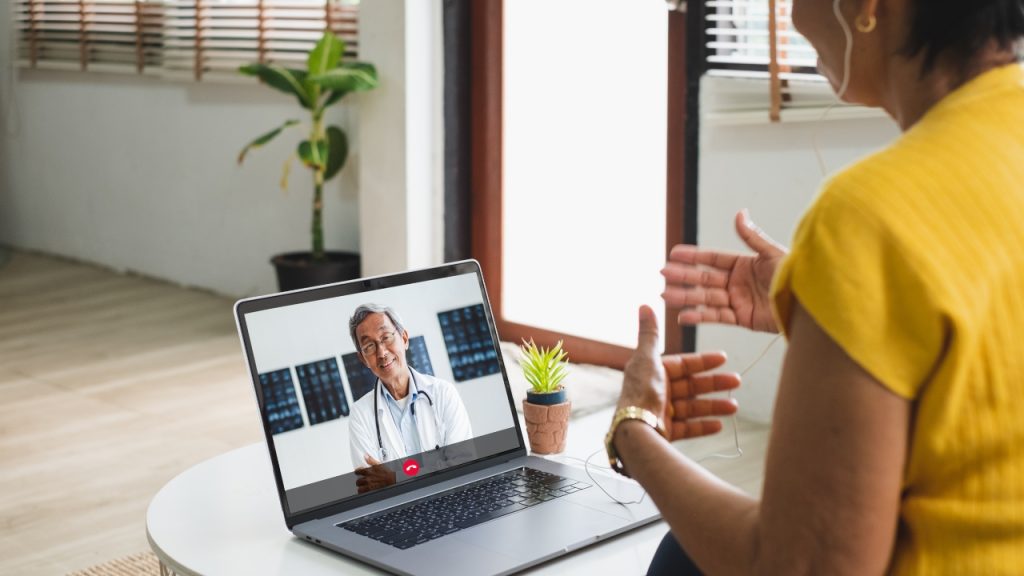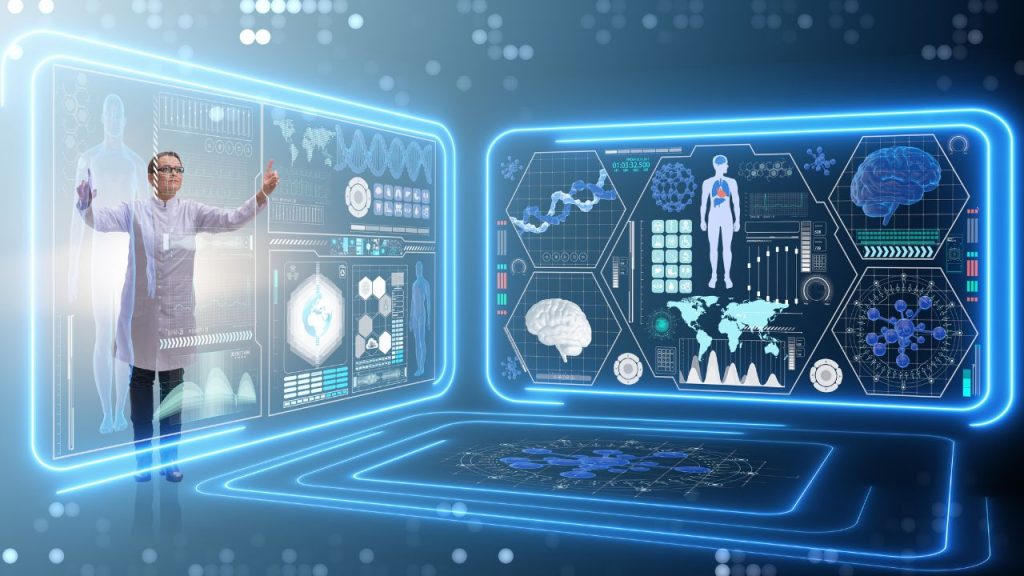In an age of technological marvels, healthcare is experiencing a revolution that transcends traditional boundaries. Telemedicine, a term that was once relegated to science fiction, has emerged as a lifeline, bridging the gap between patients and healthcare providers in a digital world. This article delves into the transformative power of telemedicine, exploring how virtual consultations, remote health monitoring, and telehealth platforms are reshaping the healthcare landscape for the better.
A New Era of Healthcare Access
Telemedicine brings healthcare to your fingertips, offering the convenience of medical consultations without the need for physical visits. For individuals living in remote areas or with limited mobility, this marks a significant shift in accessibility. Patients no longer have to endure long journeys to receive medical attention; instead, they can connect with qualified healthcare professionals from the comfort of their homes.

Virtual Consultations: Beyond Geographic Boundaries
Virtual consultations lie at the heart of telemedicine. Through secure video conferencing platforms, patients can discuss symptoms, receive diagnoses, and even undergo follow-up appointments. This not only saves time and travel costs but also opens doors for patients to consult specialists who might be geographically distant.
Remote Health Monitoring: Keeping Patients Engaged
Chronic diseases often require continuous monitoring. Telemedicine introduces a solution with remote health monitoring devices. From wearable fitness trackers to sophisticated medical devices, patients can share real-time health data with their healthcare providers. This data-driven approach enables timely interventions, personalised treatment adjustments, and proactive management of health conditions.

Breaking Down Barriers to Care
Telemedicine has the potential to overcome various barriers to healthcare:
- Geographical Barriers: Rural and underserved areas gain access to quality medical care without the challenge of distance.
- Time Constraints: Patients can schedule consultations that suit their busy lives, enhancing compliance with medical advice.
- Specialised Care: Patients can access specialists regardless of their location, leading to more accurate diagnoses and tailored treatment plans.
- Reduced Stigma: Telemedicine offers a discreet way to address sensitive health concerns, reducing stigma associated with certain conditions.
Telemedicine’s Impact on Healthcare Delivery
The impact of telemedicine extends beyond individual patients. Healthcare institutions are benefiting from streamlined processes, reduced wait times, and optimised resource allocation. Moreover, telemedicine has proven invaluable in disaster response scenarios, enabling medical professionals to provide remote assistance during emergencies.
Challenges and Opportunities
While telemedicine holds immense promise, it also faces challenges. Concerns about data security, regulatory compliance, and the potential for misdiagnosis require careful consideration. Moreover, ensuring that patients of all demographics have access to the necessary technology remains a priority.
As telemedicine continues to evolve, collaborations between medical professionals, tech developers, and regulatory bodies become essential to ensure that standards are maintained, and patient well-being is prioritised.

The Future of Healthcare: A Blend of Virtual and Physical
Telemedicine is not poised to replace traditional healthcare; rather, it complements it. The future of healthcare envisions a harmonious blend of virtual and physical care, offering patients a continuum of options based on their needs and preferences. From remote consultations for routine check-ups to in-person interventions for complex procedures, telemedicine enriches the healthcare landscape.
In conclusion, telemedicine’s rise signals a transformative shift in how healthcare is accessed, delivered, and experienced. By eliminating barriers, enhancing convenience, and enabling remote care, telemedicine is paving the way for a healthier, more connected world. As technology continues to evolve, the partnership between medicine and innovation holds the promise of a brighter future for global healthcare accessibility.





